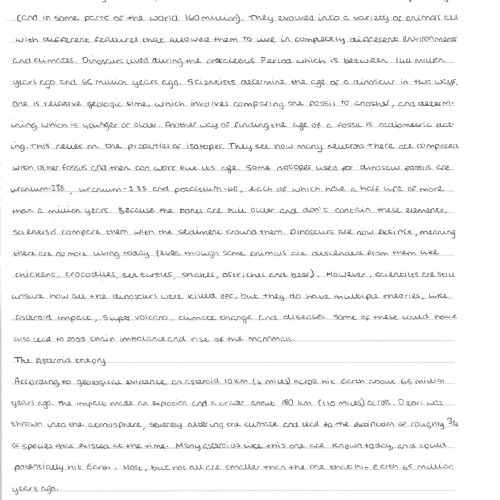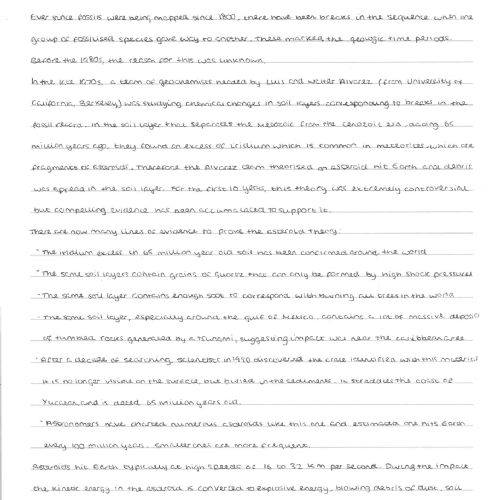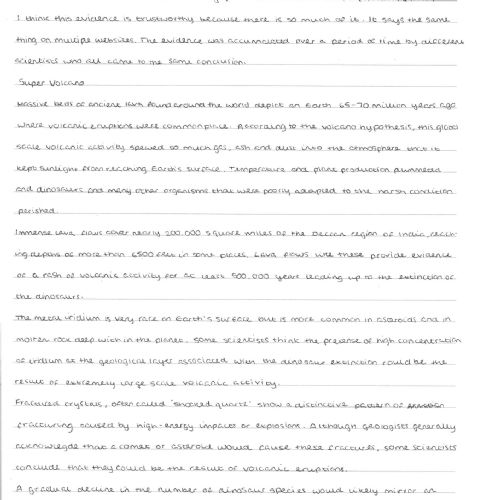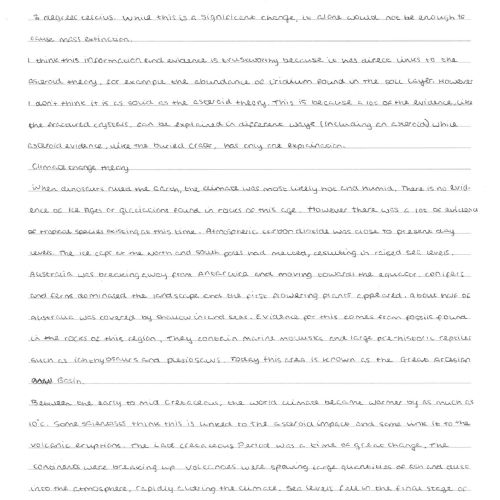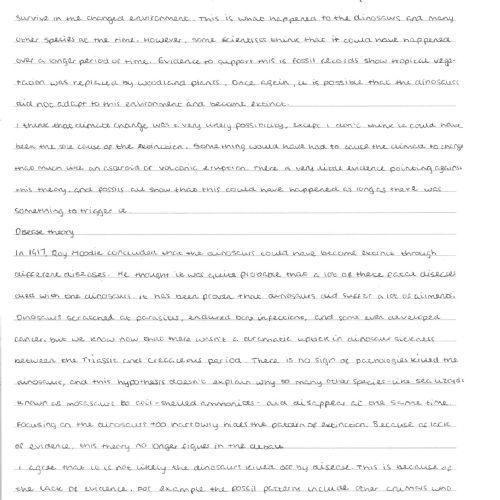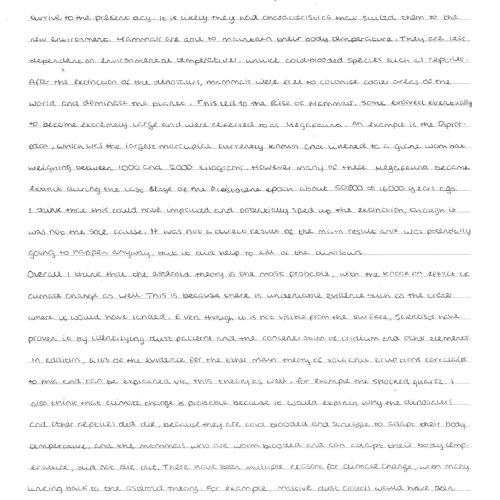October 2021 Blog
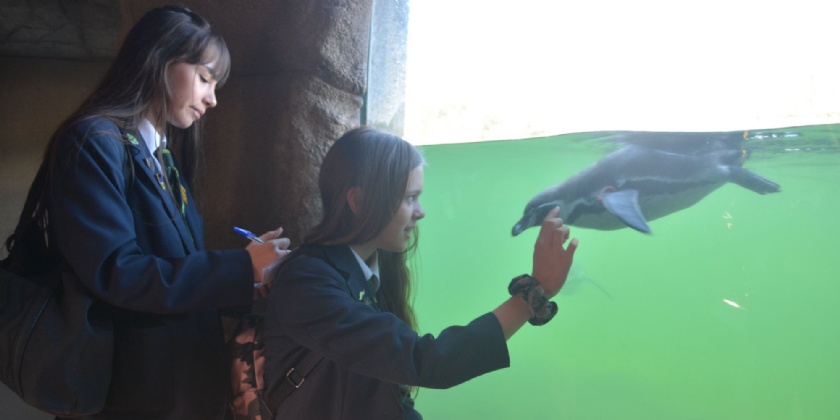
We started October off with a training day for all College staff. The key focus of this training day was around the introduction to our new behaviour policy. The aim of introducing a new behaviour policy was not so much to do with changing our behaviour systems, which have been developed and refined over many years now, but more to do with encapsulating the actual practice of positive behaviour management within the College as this has been developed over the last five years.
The core principle in our practice is to pre-empt poor behaviour, so we are proactive in encouraging the right behaviours for learning. This involves the whole ethos of the College, and how we all operate within the Four Cornerstones of Respect, Responsibility, Commitment and Achievement. A behaviour policy, as we have come to recognise, is not all about the reaction and sanction system to when behaviour has gone wrong. The approach to the way we manage behaviour at the College now is encapsulated in the vision statement at the start of the new policy:
At Crookhorn we believe every student has the right to feel respected, safe and valued in school. We work with staff to ensure that we build positive relationships with students and that staff are committed to the wellbeing, emotional and mental health of all students. We strive to provide an ethos, environment and curriculum which supports the social, emotional and mental health of the whole College community. The Behaviour Regulation Policy at Crookhorn is based on the Cornerstones Code (Appendix 1). This Code reflects the four Cornerstones and is designed entirely to create a supportive, cooperative environment that encourages positive behaviour for learning.
Recognised within this new policy is the importance of the partnership between parents and the College. As key adults, we need to act as consistent role models to students, acting with both responsibility and commitment. This includes how we ourselves behave when we get something wrong… learning from our mistakes being a core message here!
From a staff perspective, we have also related pre-empting poor behaviour to demonstrating a consistent commitment to planning both lessons and interventions thoroughly. Providing timely feedback, as well as using directed praise, means a student knows exactly what it is that they have done well, so they know to do it again in the future
As we have been working on this approach over the last five years, we are now really beginning to see the benefits. The student’s behaviour in the first half-term has been excellent and considering the fragmented experience of education over the last twenty months, I am delighted about this. Our students are coming to lessons with a ‘ready to learn’ attitude, and they have a determination about seeking to improve their knowledge and skills. Everyday reminders about how we conduct ourselves through the attributes of the Cornerstones are key, as are the daily reminders of how we learn, through the attributes of OPEN MIND.
With November underway, we are now looking in-depth at the core cognitive principles, and how we implement these through our curriculum plans and our medium-term lesson planning as well. A key focus is how we help students understand that intrinsic motivation (motivation that comes from within the student) is the most powerful way to become a successful learner. We are also working on strategies that enable the movement of core knowledge from the frequently overloaded working memory to the more secure long term memory. As part of our development work around the cognitive principles, I am delighted to have appointed a primary specialist who will be joining our SEN team from January. This teacher will be working with us as a staff team on the successful pedagogy around mixed attaining teaching and also on identifying and supporting the reteaching of key knowledge that might not have been mastered already due to the disruption of school closures, in maths, English and science specifically.
I am also very pleased that we have appointed a new Librarian who has the extended job role now of ‘Content Developer for 'itslearning’. The purpose of this new role is to research and extend all the online learning resources that teachers now use through our 'itslearning' platform, so that we are extending and adding the appropriate challenge and support to our 'itslearning' plans.
Our MADE training programme this year, which focuses on study skills across all 5 year groups, is now integrated with the itslearning plans as well, so the students are taught how to access the learning resources attached to components of work in each plan, and how to extract the key knowledge from them to enhance their understanding of topics.
Aside from our curriculum and pedagogy developments, we have had a very successful month enrichment wise. At the start of October we had the GCSE geography field trips out to Lee-on-Solent. The two groups had quite different experiences, as on one day the weather was relatively wild, wet and blustery and on the other day, it was shorts and ice cream weather! The joys of a temperate climate! Despite the weather, all relevant data was collected and is now being used to support their preparation for Paper 3 of the specification.
We then had the Year 8 cross-curricular visit involving geography and science to Marwell Zoo, where the students were very much focused on how animals have adapted to their environment. From what I understand an awful lot of attention went on the okapi and trying to capture pictures of its extraordinary tongue which is used to grasp leaves from top branches! The students thoroughly enjoyed the day and loved having the opportunity to realise theory in real life.
Science was delighted to be able to hold their ‘Science behind Science’ show this year. In the normal way this show is done for Year 6 primary students from local primary schools but this year we decided to involve Year 7 as well, as they missed it the previous year when they were in Year 6. It would not be an understatement to say that the students and Year 6 pupils alike absolutely loved it. The students pondered on scientific questions, such as "Why is the sky blue?" and "How do thunderstorms happen?" as well as discovering the science behind pressure, optical illusions, explosions and the physical sciences. The best part was Mr Bailey's amazing dry ice experiments, which were something new that the team have never done before. The students were buzzing with the excitement of it when they left and were full of scientific chatter.
Year 11 mock interviews went ahead just before half-term and were a great success with 151 students being interviewed by 24 different employers. This year the interviews were held virtually again, but we also had some face-to-face interviews for those who were most anxious. Most interviews for jobs these days are being carried out virtually, so this is a real experience for the students and their future entry onto the job market. The students came across as polite, well-prepared, and answered most questions in depth. Some employers stated that this was the most mature year group they had interviewed, who were able to explain how they feel Covid has made them more resilient. 99% of students felt that the day was worthwhile and that they have gained confidence from the experience.
On the following day, the Hastings trip went out as part of the History department's planned excursions for this year. Forty-five Year 7 students journeyed to East Sussex to the small village of Battle, where the Battle of Hastings occurred 955 years ago. Divided into two groups representing the Anglo-Saxons and the Normans, students walked around the site and learnt about key stages and details to the Battle of Hastings and how William, Duke of Normandy won. Students also attended the engaging and interactive Conquest Tour and Tales workshop, hosted by the staff at the Abbey. Here students played key roles including Harold Godwinson, King of England and William, Duke of Normandy and tried on replica armour, which would have been worn at the time. The highlight of the trip was re-enacting the battle itself which took place on the 14th October 1066. Amongst the cries and shouts, Crookhorn Students portrayed Archers, Cavalry, Infantry and Axe-men and charged into battle. This re-enactment is a crucial part of the field trip, that gives students a solid and tangible understanding of the historical Battle of Hastings. Thank you to Mrs Masson and the History staff for making the day so memorable and successful; well done to the Year 7s who were completely engaged and behaved impeccably throughout the trip.
On the final day before we broke for half-term, we held our Community Action Day. A big thanks is owed to Mr Potts for the loss of his beard in the name of charity, and Mr Carver and Mr McGinley for the loss of their locks! Their sacrifice helped raise a significant amount of money which alongside the £1.00 brought in for wearing non-uniform and a few other activities totalled £1100.53 that will be shared out between the Houses. It is great that the students are having to think outside the box now for fundraising ideas, as COVID-19 and the new allergy rules mean that the bake sale days are truly over!!
To finish off my blog I want to showcase a challenge task that was completed by Dakota. M in Year 10 just recently, investigating the theories behind the extinction of the dinosaurs. The depth of research and subsequent detail that has been included in each particular theory is outstanding and demonstrates a commitment to learning that will result in outstanding achievement!

